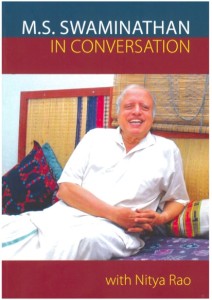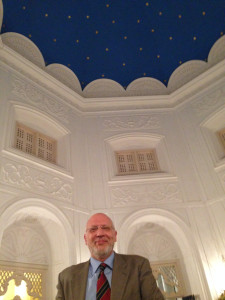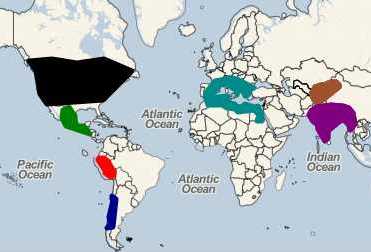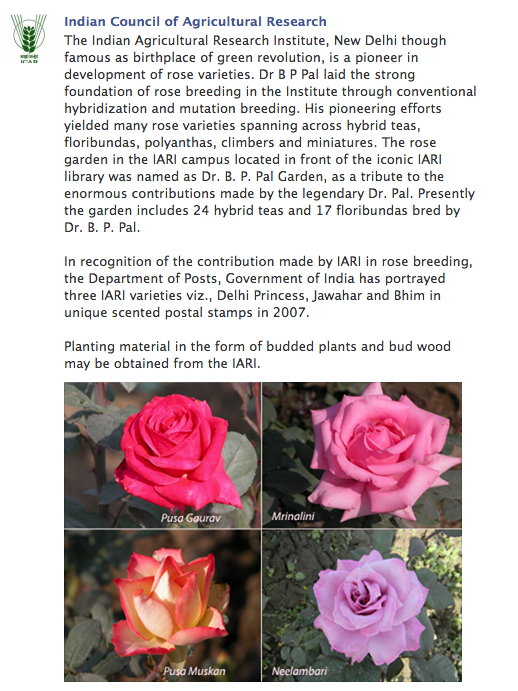 One of the highlights of my recent trip to India was receiving a copy of the booklet “M.S. Swaminathan in Conversation with Nitya Rao” from the great man himself. Sure, you can of course download the thing in PDF. But my copy is signed :)
One of the highlights of my recent trip to India was receiving a copy of the booklet “M.S. Swaminathan in Conversation with Nitya Rao” from the great man himself. Sure, you can of course download the thing in PDF. But my copy is signed :)
Anyway, there’s lots of interesting stuff in there about Prof. Swaminathan’s life and career, a career that included a number of very high level positions in agricultural research and development in India (which earned him the title of “Father of the Green Revolution in India,” among other things), but also a very successful stint as director general of IRRI. Given Prof. Swaminathan’s lifelong interest in genetic resources conservation, it came as no surprise to see the IRRI genebank mentioned a number of times.
What was surprising, at least to me, were the somewhat unconventional methods that were sometimes used to make sure that endangered diversity did in fact reach the genebank. Here’s a snippet, you can find more on page 53.
Burma, now Myanmar, has a lot of germplasm, similar to what we have in our North East. However, this was not collected because these were very disturbed areas. When I went to Myanmar from IRRI, I told General Yu Gong that he should give some protection to our collectors. ‘Why Swaminathan, why do you want to send your people? You train my soldiers on how to collect and what to collect, and they will do this for you’. We made a very good programme, I was there for the first two days. T. T. Chang ran the programme, explaining to the generals and the soldiers how to collect what we call ‘passport data’ about the plant. They collected about 9,000 varieties. I must give credit to General Yu Gong for opening my eyes to this potential.
I have in the past mused about decentralized approaches to collecting for ex situ conservation (see, for example, slide 19 in these training materials on germplasm collecting methods and strategies), but I have to admit that using the military never even occurred to me.



